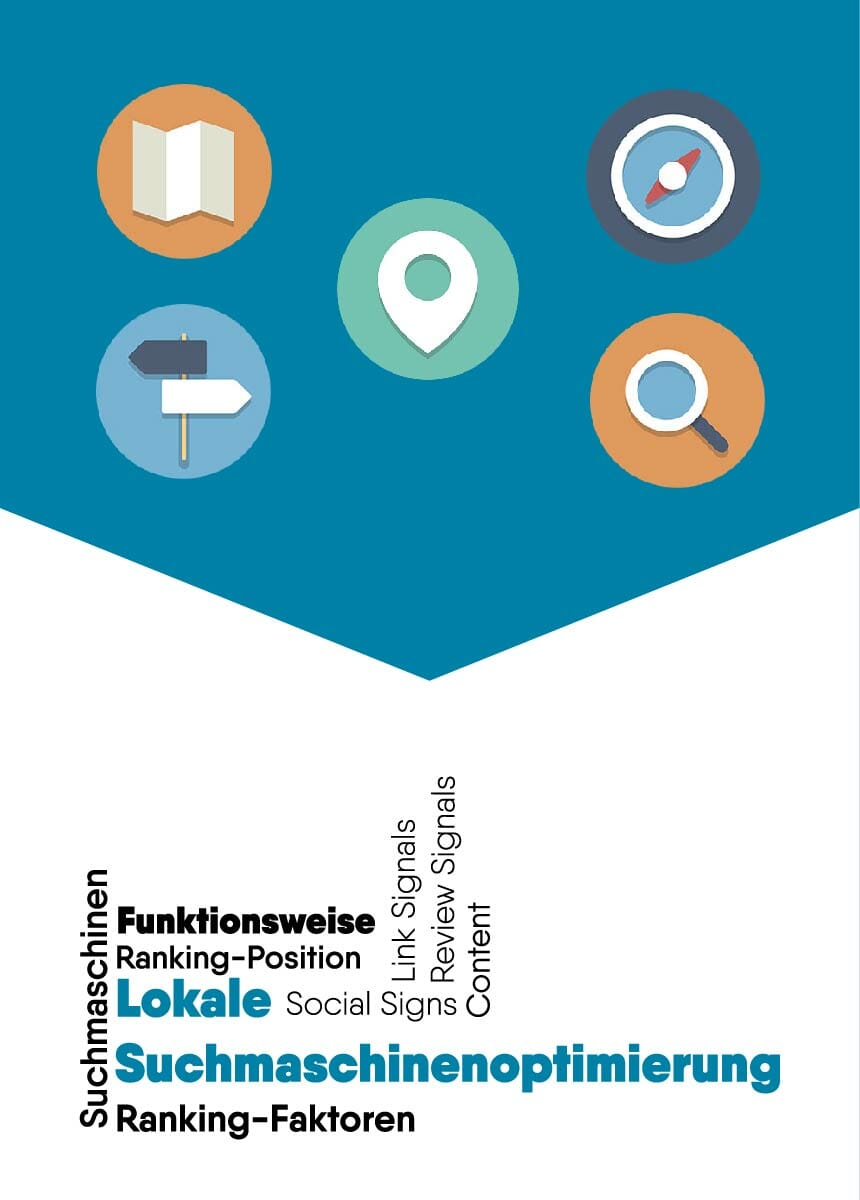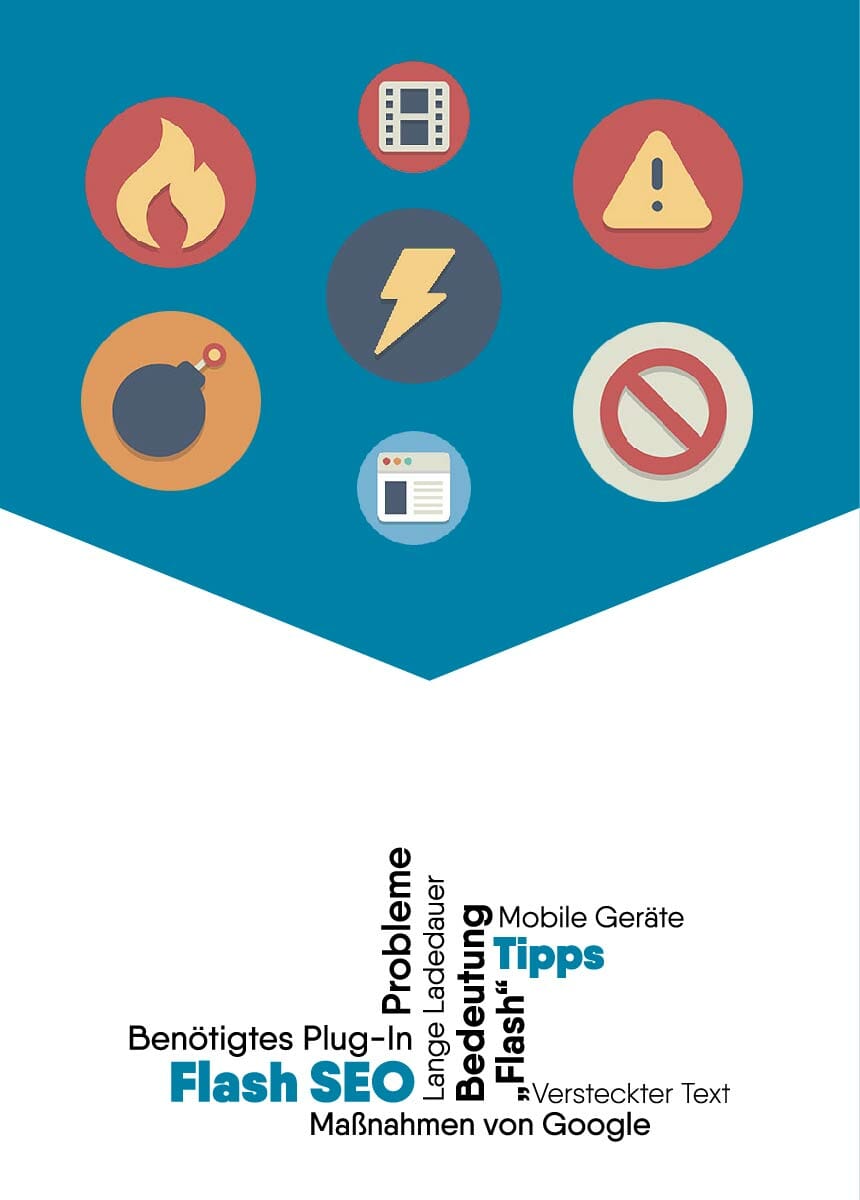You want to get out of the biggest social network in the world and you don’t know where to find the delete button at Facebook or you wonder if it really exists? Then you are not alone. Facebook does not make it easy for dropouts to leave the network permanently. In contrast to the registration, which is done in two steps. If you want to log out, you first have to find your way around. And, more importantly: finding the right delete function. Because if you search on Facebook itself for a way to delete your Facebook account, you will first find the deactivation option right there. But this is something completely different from deleting the account. We explain the difference and give you instructions.
What is the difference between deleting and deactivating a Facebook account?
Facebook basically offers two ways to say goodbye to the network. You can delete or deactivate your Facebook account. When delete your Facebook account within 90 days, the platform promises to delete all your data permanently. If you want to visit Facebook again, you have to create a new account. Deactivating the Facebook account means that you can no longer be found via search and you will no longer appear in your friends lists. Your posts and messages, chat messages and so on will remain. Only your private chronicle disappears from the public timeline. By and large, deactivation can also be compared to a longer period of inactivity.
Deactivate Facebook account Guide
First of all, the most important thing: Always open Facebook in a browser. Using the Facebook app on your smartphone, deactivation is also possible, but unnecessarily complicated. Let’s start with the simple case of deactivating your Facebook account. The function is relatively easy to find. Facebook does not primarily want to prevent you from deactivating your account for a while. There are plenty of reasons for a permanent shutdown: time out from the online world, curbing addictive behavior, wanting to have some peace and quiet, longer holidays, etc. Okay, how does it work?
- Log in to Facebook and go to the settings (the gear wheel)
- In the account settings on the left side menu, go to Security
- At the bottom you will find the link “Deactivate your account”, click on it.
- A confirmation page will appear, Confirm
- Ready!
Facebook may still be bothering you with a few warnings about losing your friends and questions about the reasons. Use the reason Miscellaneous and simply enter a meaningless string of letters in the following free text field. In any case, mark the item “I don’t want to receive any more emails from Facebook in the future”, otherwise you will be regularly reminded about friends who miss you and about the still continuing inactivity of your account. Of course, you can consciously reactivate your deactivated account at any time by logging in with your email address and password.
Delete Facebook Account Instructions
Now the more difficult case. If you want to delete your Facebook account, then Facebook does not make it that easy for you. This possibility is very hidden. If you are looking for a way to delete your account on Facebook, the network will always want to make the deactivation of your account appealing to you first. But if you look a little further, you will find this possibility. It is important to know: You can only delete your Facebook account via the browser. You will not find a deletion option in the Facebook app. You can find the function to delete your Facebook account hidden by the help button. We will explain briefly how to get through the jungle.
- Go to the Help section on Facebook (in the browser!)
- Search for “Delete account” there
- In the help article that is then displayed, you will find a linked word group. Currently the phrase is formulated as follows: “If you want to delete your account permanently and without the possibility of recovery, log in to your account and tell us.
- Click on “Share it with us” and you will be redirected to the delete page.
- Here you click on “Delete my account” and confirm with password and security control (captcha)
- You will be informed that your request for deletion has been received and your account will be deleted within 14 days
- Ready?
It’s not for nothing that we have put a question mark on Fertig, because now it’s up to you to make sure that you really don’t log in to Facebook within the next 14 days. If you do, your request for deletion will be immediately invalid. Remember that a login on Facebook also takes place when you log in to other applications such as games, portals or messengers with the Facebook login.
Of course we have the short way for you.
https://www.facebook.com/help/delete_account
What happens to the data then?
Facebook informs you that your account will be deleted within 14 days. The whole process, however, only starts after 14 days, because that is how long Facebook waits for you to log in again, either consciously or unconsciously. Only after you have successfully failed to do so will your data be deleted. It can take up to 90 days before all your posts, photos, status messages and other data stored in backup systems have really been deleted. However, and Facebook itself points this out, you may still have some data that is not directly tied to your Facebook account, such as chat messages that your friends might still see or backups in the depths of the network.
Death and Facebook- What to do?
Death is not easy to deal with. What we like to forget in the mourning for the deceased is his digital death. A deceased cannot delete his or her Facebook account. Therefore, Facebook now offers the possibility to delete the account of a deceased person or to put it in a memorial status. This is not as unimportant as you might think. In addition, Facebook already offers its users the possibility to determine what should happen to their Facebook account in the event of death. Here too, Facebook offers you two options: memorial status or permanent deletion. In the case of a memorial status, you can set an estate contact, i.e. select a friend who will have limited access to your account in the event of your death. If this has not been done, other people can also request the deletion of your account or the transfer to memorial status. You will now find out how this works.
Delete a deceased person’s Facebook account
To delete a Facebook account from a deceased user, you must fill out the form for a deceased user. Facebook also requires you to provide the death certificate or death notice of the deceased. In addition, you must provide proof that you are an immediate relative or an executor of the estate. Facebook will check all this and delete the Facebook account – permanently and completely.
Setting the Facebook profile of a deceased person to memorial status
Even when searching for the deletion of a Facebook profile of a deceased person, Facebook first offers the possibility to put the account in a state of remembrance. You can also select this in the form for a deceased user. Instead of deleting an account, simply select “Set this account to memorial status”. What this means is explained briefly:
For example..;
- In the profile, “in memory” is displayed next to the name
- Friends can share memories on this profile
- Content posted by the deceased is preserved
- A commemorative profile is not public, does not appear as a birthday reminder or as “friends you may know” or advertisement
- No one can log in to the profile
If you have any further questions, we as Social Media Agency are of course there for you.









Comments